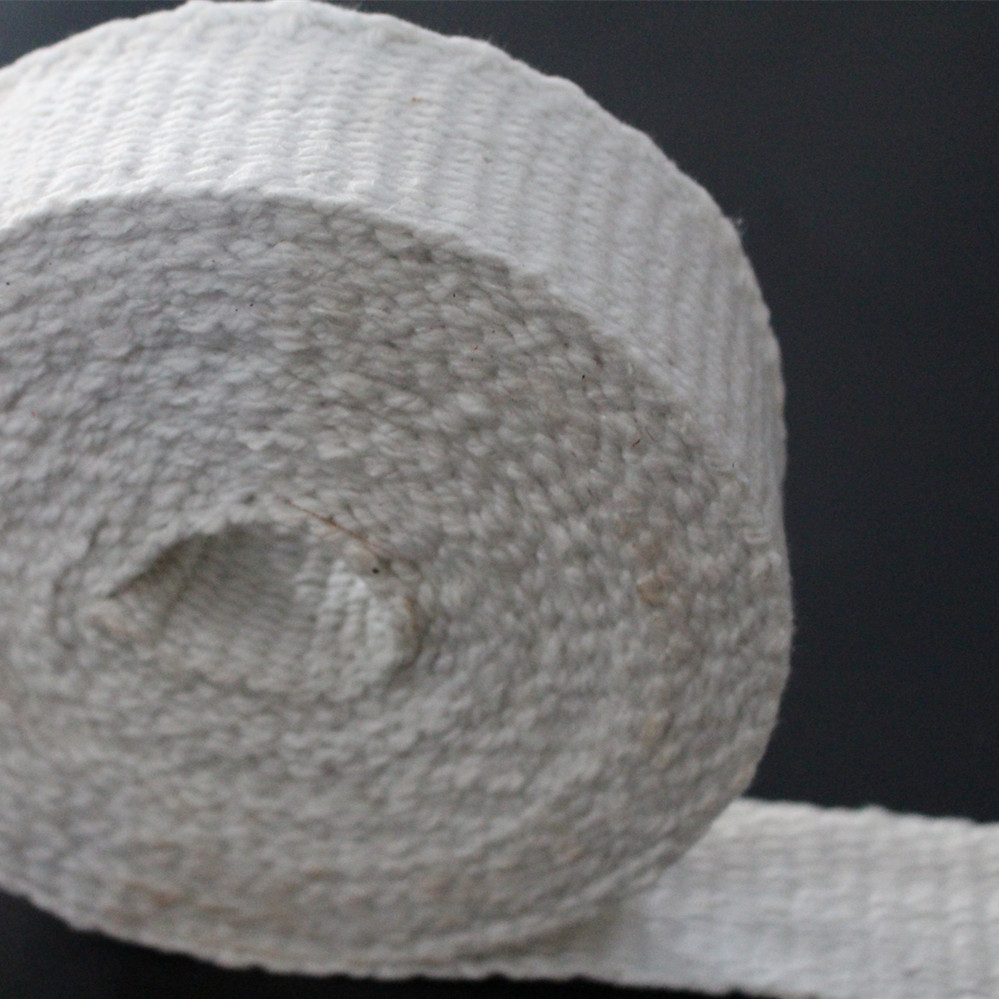Добавление стекловолоконной пряжи или металлической проволоки в лента из керамического волокна разработан для повышения производительности, долговечности и простоты использования в условиях высоких температур. Вот основные причины включения этих вставок:
Улучшенная механическая прочность
Керамическое волокно обладает высокой устойчивостью к теплу, но может быть хрупким и не иметь прочности на разрыв. Армирование стекловолокном или проволокой из нержавеющей стали помогает укрепить ленту, снижая риск разрыва или истирания во время установки или при механическом воздействии.
Повышенная термостойкость
Стекловолоконные вставки выдерживают температуру до примерно 1000°F (540°C), поддерживая керамическое волокно в условиях умеренной температуры. Вставки из нержавеющей стали обеспечивают дополнительную прочность в условиях более высоких температур, сохраняя целостность даже при прямом воздействии пламени.
Лучшая размерная стабильность
Вставки помогают ленте сохранять свою форму и структуру при воздействии высоких температур, что делает ее идеальной для обмотки труб, герметизации дверец печей или других применений, требующих постоянства размеров.
Простота в обращении и установке
Дополнительное армирование улучшает гибкость ленты и ее эксплуатационные характеристики, облегчая ее установку, сшивание или наматывание без разрывов и выпадения волокон.
Распространенные варианты вставки:
Стекловолоконная пряжа: Обеспечивает хорошую прочность на разрыв и экономическую эффективность для применения в общих целях.
Проволока из нержавеющей стали: Идеально подходит для эксплуатации в условиях высоких температур или сильной вибрации.
Проволока Инконель: Подходит для экстремально высоких температур и коррозионных условий.
Типичные области применения:
Герметизация дверей печей и топок
Обертывание высокотемпературных выхлопных труб или труб
Изоляционные компоненты котла
Заполнение деформационных швов в тепловом оборудовании
Благодаря использованию стекловолокна или металлической проволоки лента из керамического волокна становится более универсальным и надежным материалом для решения сложных задач по теплозащите.
